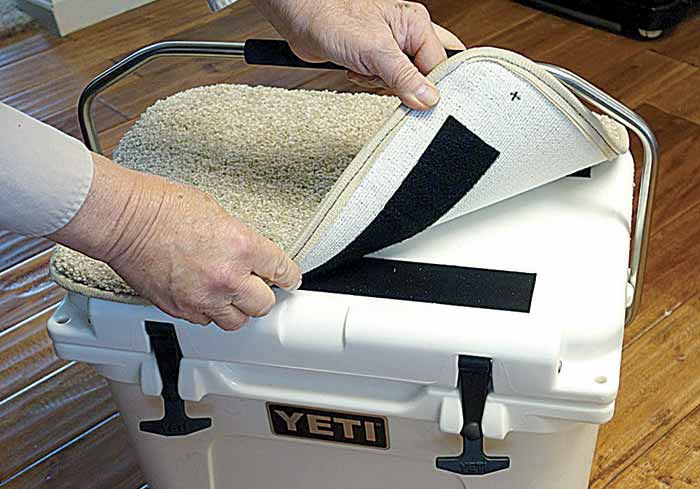Advertisement
This easy install could save your boat.

Can your boat flood without your noticing until a ton of water is already aboard? If your boat has a closed cabin or enclosed compartments, the answer is likely yes. It's so easy to protect against this risk that it really should be standard equipment on new boats, like the ignition key beep in your car. All you need is an inexpensive float switch, an equally inexpensive 12-volt buzzer or siren, an in-line fuse holder, hookup wire, and crimp connectors. You can purchase marine alarm units with both light and sound alarms. If so, follow the manufacturer's instructions.
Locate the float switch in the lowest part of the boat, but higher than the automatic bilge pump. You only want it to activate if the amount of water coming aboard exceeds the discharge capacity of the pump or if the pump has failed to run. Locate the buzzer or siren near the helm so it can be heard over all other external noise.
Remove the fuse from the fuse holder, then crimp an appropriate terminal to one of its leads and connect that to the positive battery terminal or to some other 12-volt terminal that's always energized. The fuse is there to eliminate any fire risk that can occur with a short circuit and should be as near the power source as possible.
With the fuse still removed, use a crimp butt-splice connector to connect the other holder lead to the hookup wire. Route the wire to the mounted float switch, cut it to length, and connect it to one of the switch leads with a butt-splice connector. With a similar length of wire and two connectors, connect the other switch lead to one of the leads from your buzzer. The other buzzer lead gets connected to a battery ground terminal.
Reinstall the fuse and test your circuit by manually lifting the float switch. Secure the switch connections higher than the switch so they'll remain dry in the event of rising water activating the float switch. Also use heat-shrink connectors and cover with silicone marine sealant. Because the float switch remains dry unless water rises above expected levels, this alarm should prove 100-percent reliable without attention, but it's still a good practice to test it periodically by lifting the float.
And More Tips ...
Carpet Your Swim Platform And Cooler


I covered our swim platform with carpet (it's easier on old knees) and had enough left over to cover the cooler, which gave us an extra seat. I attached it by using a couple of wide strips of Velcro, it gives extra insulating qualities, makes the seat more comfortable, and enhances the appearance of the ice chest.
— Cliff Steele
Nonskid Upgrade
A nonskid surface does wear out. To test if yours is still up to the task, pour a bucket of saltwater on the cockpit sole or side deck and see if you can walk across it without slipping. If not, you need to add some "non" to stop you from skidding. The easiest way is to use nonskid tape or adhesive-backed squares in high-traffic areas. But if you want a uniform surface, you may have to paint the decks.
— BoatUS Editors
